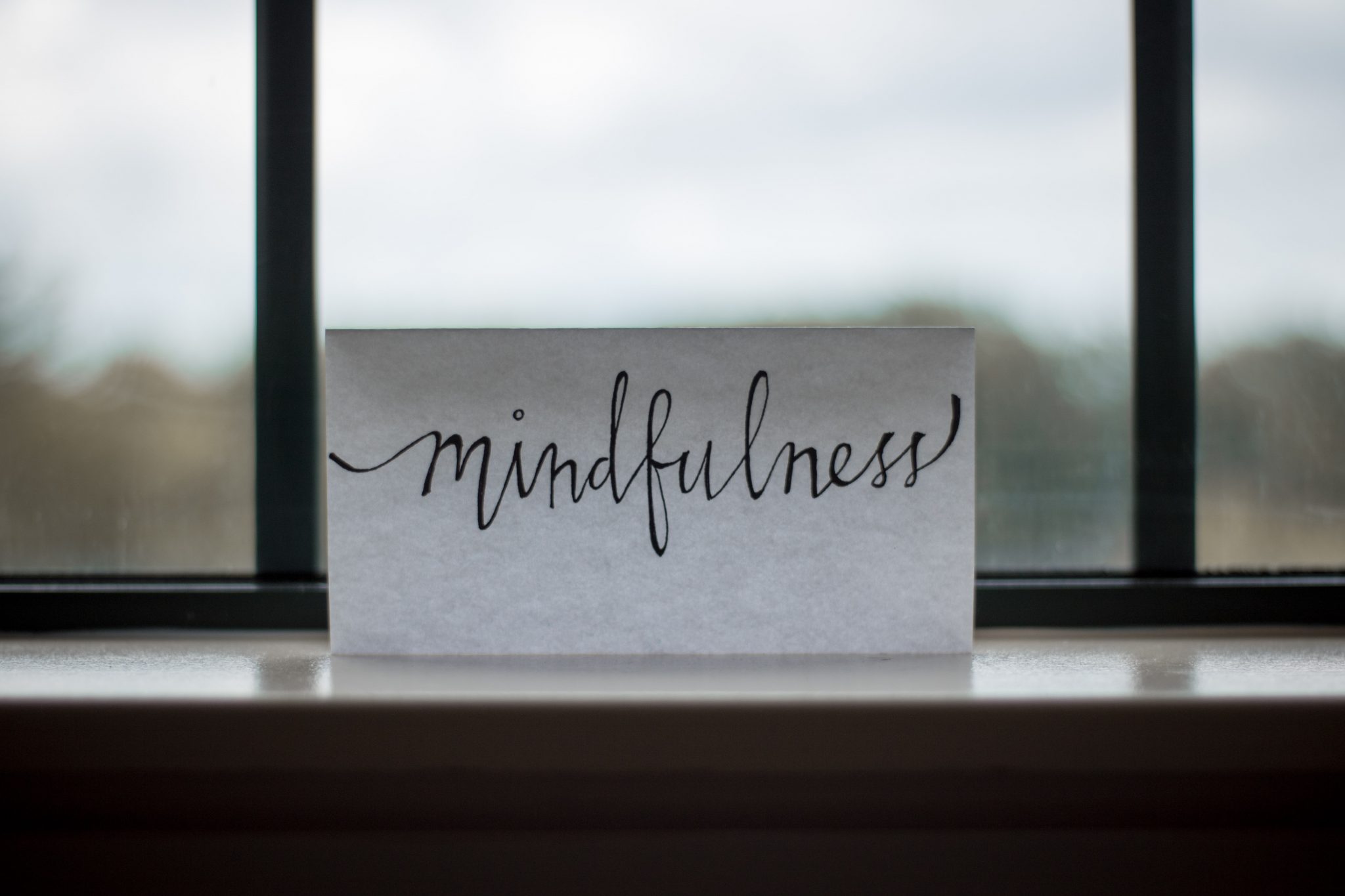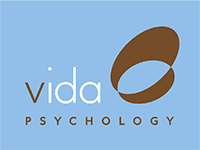26 May Mindfulness

Have you ever noticed your mind wandering when driving your car, washing the dishes, vacuuming the house or doing other familiar and repetitive tasks? You might be worrying about a faux pas you made in conversation, or fantasizing about a future holiday. Either way, you’re likely not tuned in to your current activity or experience. We often call this being on “autopilot”.
Mindfulness is the opposite of being on “autopilot”. It’s about experiencing the world in the “here and now”. Mindfulness is self-awareness training with roots in Buddhist mindfulness meditation. It’s more than a relaxation technique or positive thinking – it’s about being aware of what is happening in the present on a moment-by-moment basis, whilst not making judgements on our current experience.
There are a number of benefits to mindfulness practice:
-
-
- Mindfulness makes it possible for us to respond, rather than react, to situations.
- It improves decision making.
- It increases physical and mental relaxation, which benefits our overall health.
- Mindfulness also helps with mood regulation and helps to prevent relapse in mental health concerns.
-
We all have the capacity to be mindful. It involves building our ability to pay attention to the present moment and to disengage from mental “clutter”.
There are many ways to practice mindfulness, however the 54321 technique is a quick and easy way to ground yourself in the moment and become more mindful. The goal is to notice something that you are currently experiencing through each of your senses.
-
-
- Sight: What are 5 things you can see? Look around you and notice 5 things you hadn’t noticed before. Maybe light reflecting on a surface, a pattern on a wall, or an object in the corner of a room.
- Touch: What are 4 things you can feel? Maybe you can feel your shirt resting on your shoulders, the temperature of the air on your skin, or your feet on the floor. You can pick up an object and notice its texture and weight.
- Sound: What are 3 things you can hear? Notice all of the background sounds your mind had been filtering out, like the air-conditioning, bird noise or distant traffic.
- Smell: Are 2 things you can smell? Maybe you can smell your coffee, flowers or freshly cut grass. It doesn’t necessarily have to be a nice smell either – it could be a nearby rubbish bin!
- Taste: What is 1 thing you can taste? Take a sip of water, eat a snack if you have one or pop a piece of gum into your mouth.
-
The numbers for each sense are a guideline only – feel free to do more or less of each!
It’s normal that your thoughts will wander during mindfulness practices, and it may feel like a constant battle to maintain focus. Don’t worry – that’s normal! Instead of struggling against your thoughts, simply notice them without judgment. Acknowledge that your mind has wandered and return your attention to your mindfulness activity. Repeat this process as many times as you need to.


Sorry, the comment form is closed at this time.